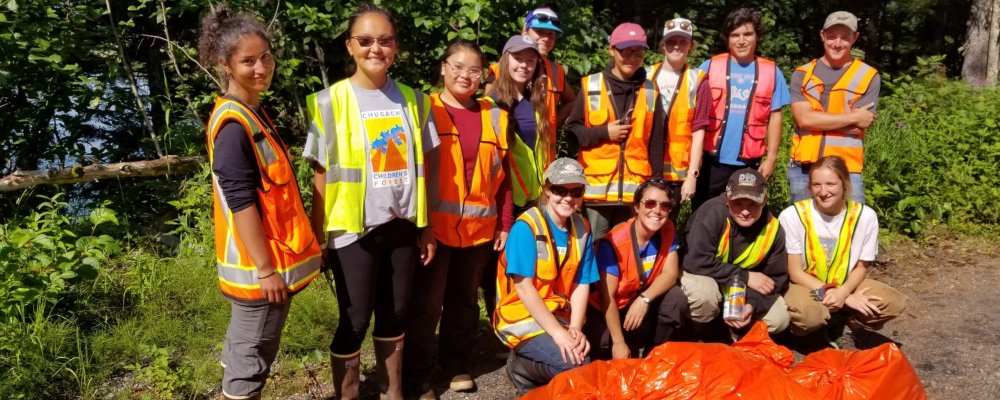
What Can You do?
People are a key vector for transporting invasive plants by traveling from one location to another and unintentionally bringing along seeds on vehicles, boats, waders or boots. Wind, water, birds, and other animals can also disperse invasive seeds, so it is difficult to keep invasive plants contained within a flowerbed or garden. Because of the role humans play in spreading invasive plants, we are also responsible for their eradication, and for protecting our natural ecosystems from the impacts of invasive species.
Clean vehicles, trailers, boats, ATVs, float planes, etc. before moving from one trail, lake, or stream to another. Whenever possible rinse your equipment at the site before departing, or in a driveway area that can easily be monitored for new infestations.
Clean hitchhiking seeds from your boots, jackets, pants, waders, and pets, preferable before leaving the site. Avoid areas where invasive plants are prevalent, especially when they have gone to seed. Alaska has banned the use of felt-soled waders.
Buy certified weed-free gravel, topsoil, seeds, etc. When using packhorses in the backcountry, use pellet food when possible. Learn more at the ADNR’s Certified Weed-Free Gravel Program.
Do not release aquarium fish and plants, live bait, or other exotic animals into the wild.
Verify that plants you are buying for your garden or yard are not invasive. Due to the ability of plants to disperse via wind, rain, animals, etc., it is not possible to contain invasive plants to your garden. It is better not to plant them at all. See the Alaska Cooperative Extension Service publication on invasive garden species for verification, available by clicking here.
Volunteer to help remove invasive species and help educate others about the threat. Contact CRWP to learn more about how to help in your neighborhood!
You can also help us track invasive species by becoming an invasive plant detective! Keep a keen eye out for those invasive plants and report your findings on the Copper River Watershed Project Invasive Plant Reporter on Survey123.
Please report any infestations to your local coordinator: in Cordova and the Copper Basin – CRWP Office (907) 424-3334. In other areas, contact your local Soil & Water Conservation District and/or Extension Service to find out the contact near you. You can also call the Alaska Department of Fish and Game invasive species hotline at 1-877-INVASIV.
The CRWP has built a native plant garden in Cordova for a ready and easily accessible supply of various species used for re-vegetation following removal of invasive plants.


